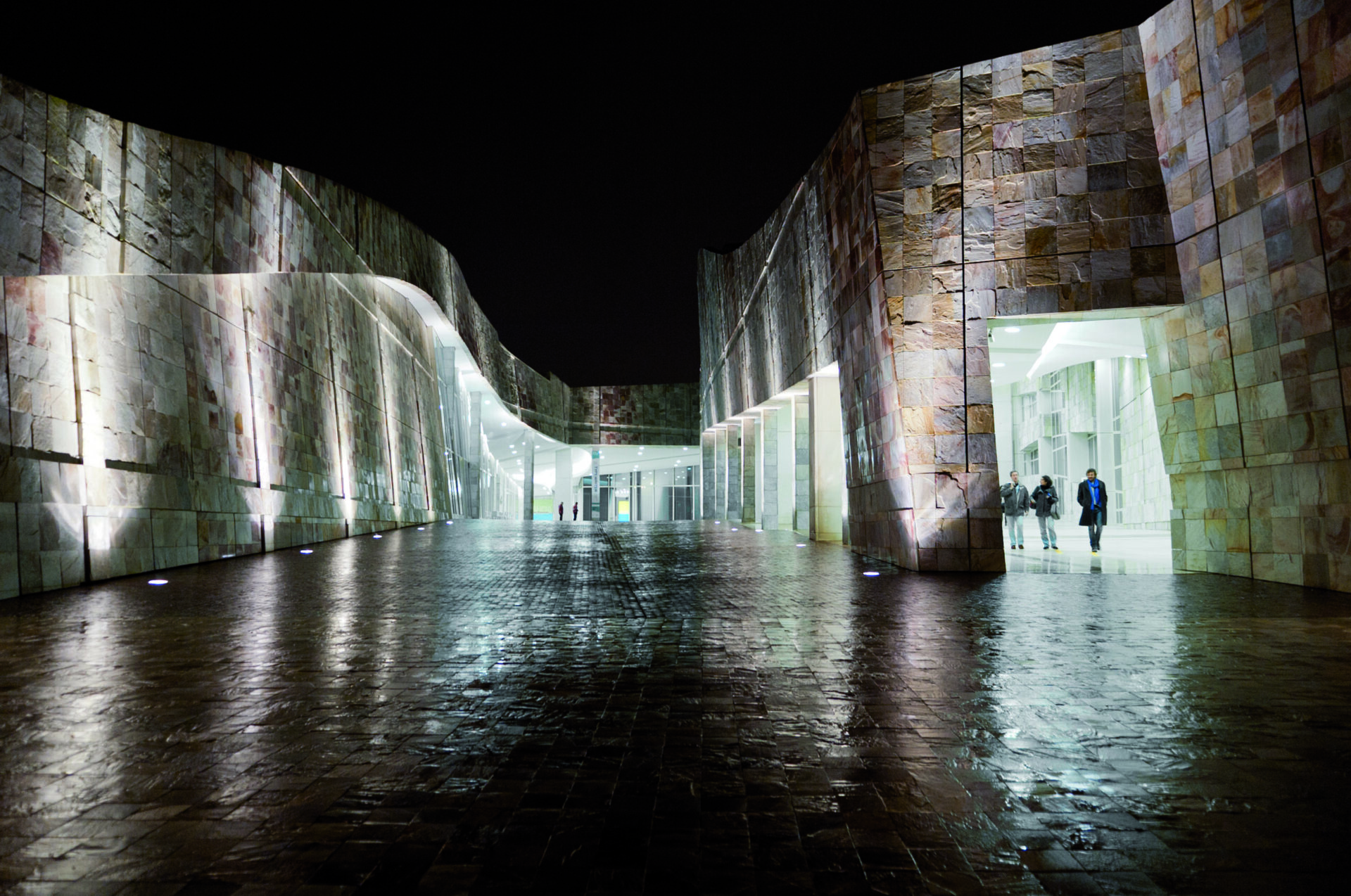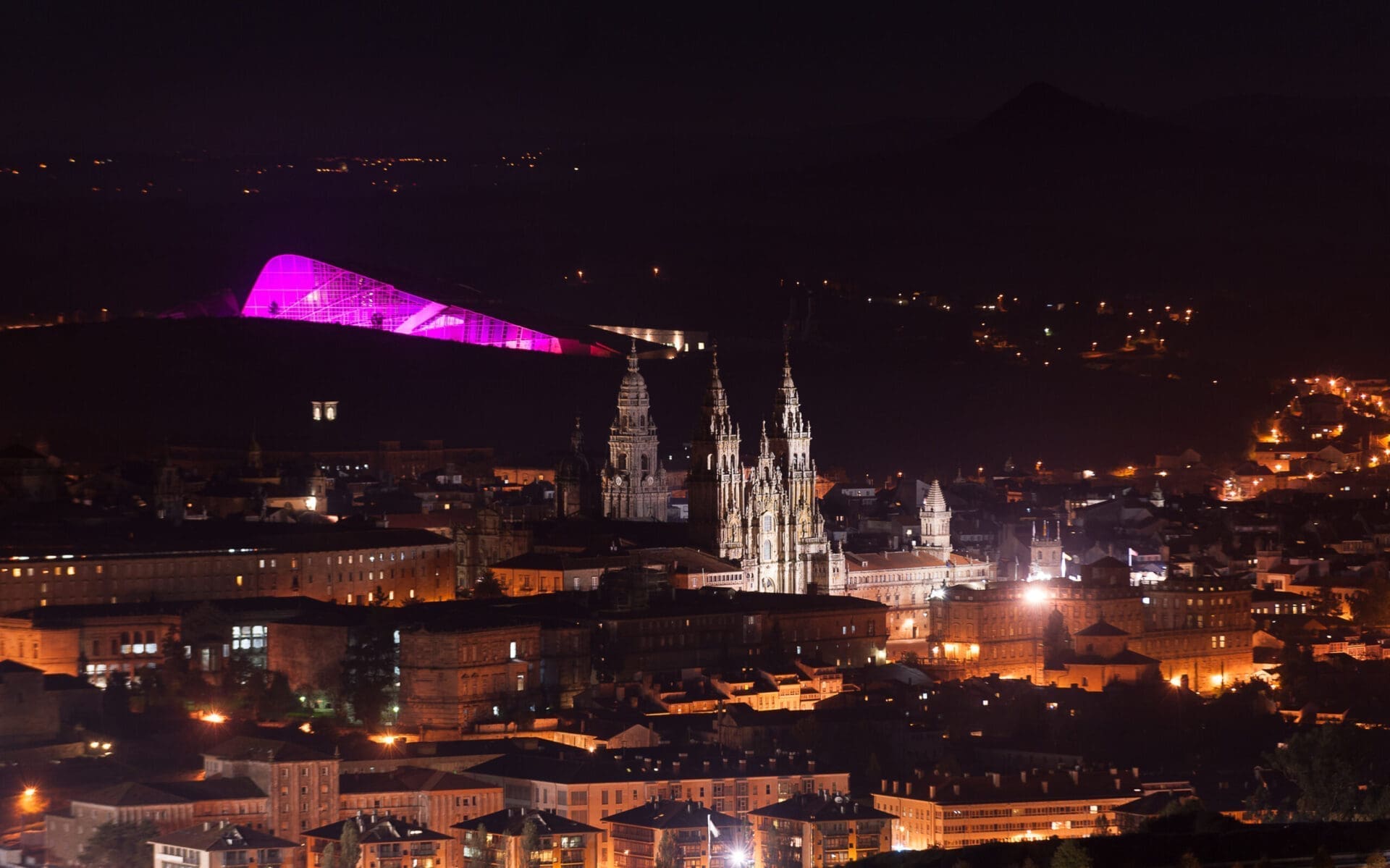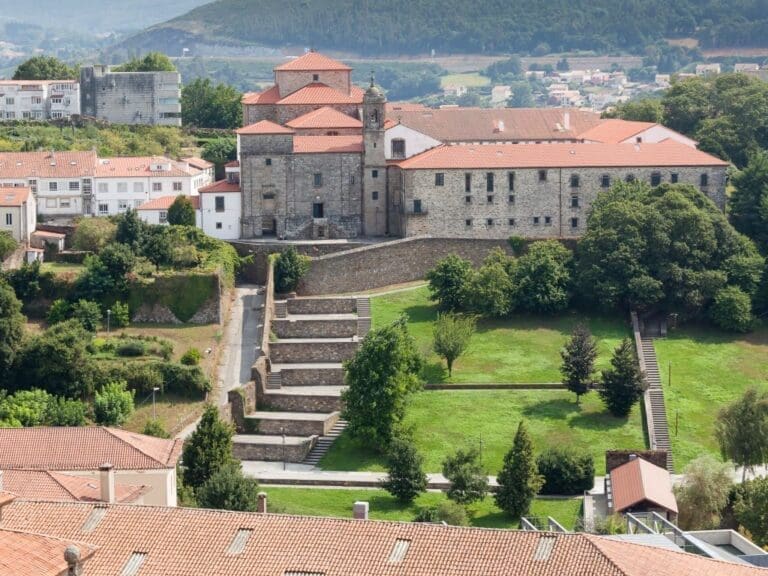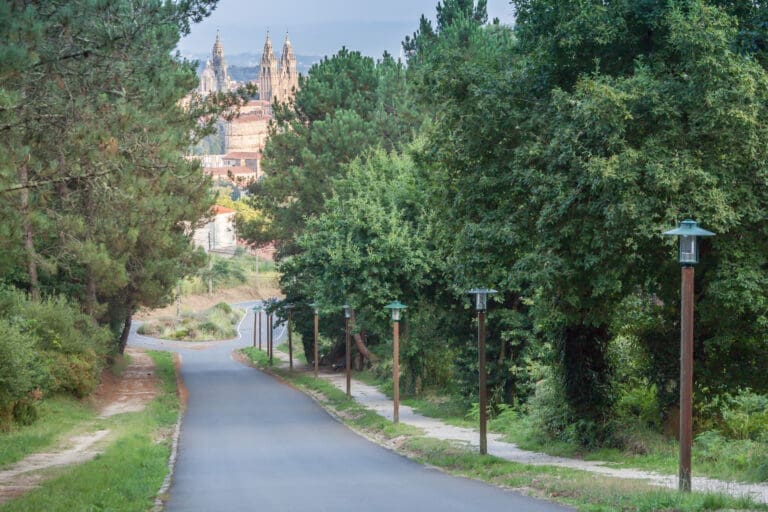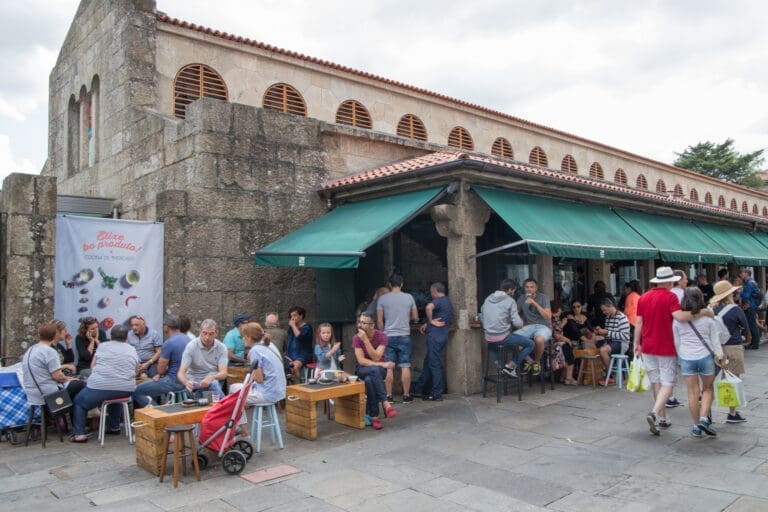In 1999 the Xunta de Galicia launched an international competition to select the project for the construction of the Cidade da Cultura de Galicia, a large cultural facility with a vast program that included several museums, a library, a newspaper library and study and research centers.
The competition was carried out in two phases. In the first phase, twelve teams were selected through a merit-based competition. Of these, five were Spanish, led by Ricardo Bofill, Santiago Calatrava, Manuel Gallego, Juan Navarro Baldeweg and César Portela; one German, Daniel Libeskind; two French, led by Jean Nouvel and Dominique Perrault; one Dutch, Rem Koolhaas and OMA; one Swiss, Annette Gigon and Mike Guyer; and, finally, two Americans, Steven Holl and Peter Eisenman, who was the winner.
Eisenman’s project reflects the intellectual and creative stature of its author. This architect, who after a brilliant career as a critic and scholar of architecture, set up his studio at the age of fifty, proposes a topographical building in which the undulating roofs of the different buildings appear as the relief of Mount Gaiás, furrowed by deep crevices through which one circulates and accesses the different volumes.
Eisenman proposed, once the works had begun, to pay homage to his compatriot John Hejduk, integrating two towers designed by the late architect to be erected in Belvís into the Cidade da Cultura.
The formidable size of the complex, which equals in extension the historic center of Santiago de Compostela, its valuable architecture and its varied cultural offerings, complete Santiago’s desire to become an indispensable reference in the international cultural circuit.

 Santiago de Compostela, Galicia
Santiago de Compostela, Galicia